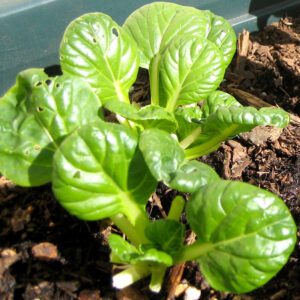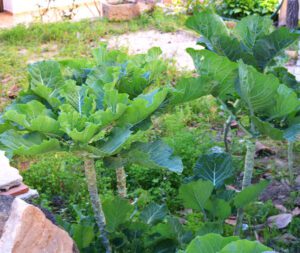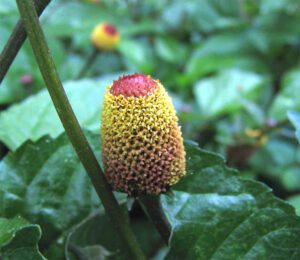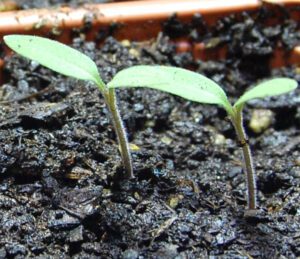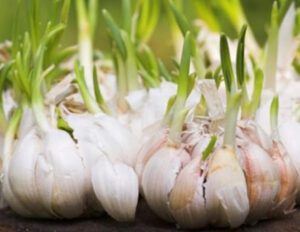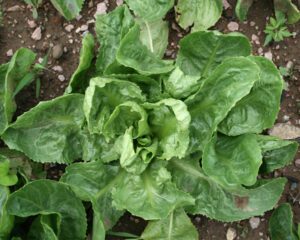Growing purslane in your home garden can be beneficial for your health, because it is a herb. Although it is often considered to be a weed in many areas.
But the purslane is actually a very fast-growing, succulent plant that is both edible and delicious. It is actually native to Asia, but today it has spread all across the world.
Purslane (Portulaca oleracea) is actually an annual succulent in the family Portulacaceae.
It is also known by some other names such as common purslane, verdolaga, red root or simply as pursley.
The plants are very hardy and can thrive extreme heat of summer where lettuce, spinach or other tender greens will bolt. The purslane plants may reach around 40 cm in height.
Purslane is a very common plants in almost every parts of India. And it is known as sanhti, punarva, paruppu keerai, gangavalli, kulfa and many other different local names in India. And it is known as Ti Kyate Hun in Myanmar.
Purslane can be eaten as a leaf vegetable and it is very nutritious. It is especially very high in Omega-3 fatty acids and a good source of vitamin A, Vitamin B, Vitamin C, calcium, magnesium, potassium, iron and other minerals.
You can consume purslane either raw or cooked. 100 grams of fresh purslane leaves contain about 300-400 mg of alpha-linolenic acid.
And one cup (250 ml) of cooked leaves contains 90 mg of calcium, 561 mg of potassium and more than 2,000 IUs of vitamin A.
However, growing purslane organically in your home garden can be a very good way for enjoying this great herb which is beneficial for your health.
How to Grow Purslane
The purslane plants are very strong and hardy, and they can thrive in extreme conditions. And growing purslane in home garden is very easy.
Here we are describing more information about growing purslane organically in your home garden from planting caring to harvesting.
Choose a Variety & Purchase Seeds
There are numerous varieties/cultivars of purslane available. Approximately 40 cultivars are currently grown (according to Wikipedia).
You can choose any variety which is available in your area. And then you can either purchase seeds from the market or collect seeds from your friends.

Best Time for Growing Purslane
Purslane plants grow best in summer months. And it is actually one of the most ideal summer greens. So, you have to plan for growing purslane during the summer season.
Selecting & Preparing Soil
Purslane grow well in part to full sun and in clear ground. The plants are generally not picky about the soil type or nutrition, and can actually be grown in almost anywhere. But the purslane plants tend to grow better in drier soil.
Planting
Purslane plants are generally grown from seeds, although you can also plant cuttings. In case of planting through cuttings, just lay the cuttings on the ground where you are planning for growing purslane.
Water the area after planting the cuttings, and they should take root in the soil in a few days.
But in case of growing purslane from seeds, just scatter the seeds over the area where you plan on growing the purslane.
And remember ‘don’t cover the seeds with soil after sowing’. Because purslane seeds require light to germinate, so they must stay on the surface of the soil.
Caring
Purslane plants are very strong and hardy and they don’t require much care. And the caring process for growing purslane is very simple, especially after the plant starts growing. Just ensure the soil is well drained and remains dry.
Remember that ‘the purslane is an annual plant’. So, the chances are very high that it will reseed itself. You can collect some seeds at the end of the season so that you have some seeds available on your hand for the next year.
The purslane plants are less prone to problems like diseases or pests. So, you don’t have to think about the problems. They will just grow fine.
Harvesting
Regular harvesting is very important for growing purslane in home garden, because the plants can become invasive.
Harvesting purslane before it develops flowers will help cut down on it’s spread. One more thing to consider while harvesting purslane ‘is the malic acid content of the plant, which is higher in the morning than at night thus making it more tart’. Some people will prefer this, while others may find they enjoy purslane harvested in the evening (when the flavor is milder).
These are the common ways for growing purslane organically in home garden. Hope you have enjoyed the guide! Good luck!

